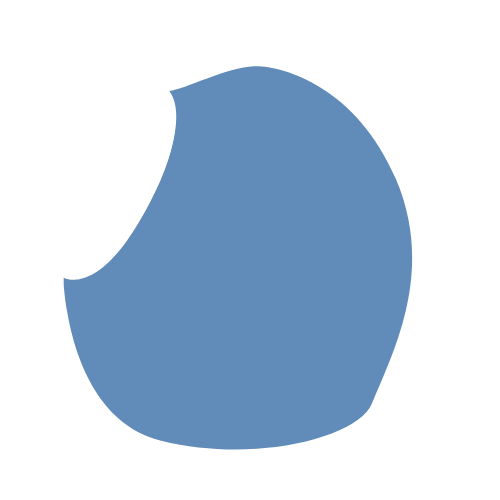She was about 9 or 10 years old, then living in Trutnov, a small hill town in the Krkonoše mountain. It was summertime and the life of the town was stirred, since it was designated by the organisers as one of the sleepover towns for an international bike race, entitled ´Peace Race´. Perhaps all central European countries took place in this bike race, a white dove was a symbol of the race. It was conducted regularly in order to bring even greater strength to the friendship of communist countries.
The whole town was newly whitewashed. Facades of all houses were newly done, all streets, where the competitors would race through, were decorated with flowers and balloons. It took many weeks to prepare for this event. The race route was demarcated by aluminium desks, which were painted in bright colours, with peace symbols upon them. When the day finally arrived, she and her schoolmates wanted to see the racers as close as possible. However, the streets were so full of people, it was difficult to get anywhere close in order for the small children to see. So, they went behind these aluminium desks, hoping there would be some hole somewhere, so they would be able to get a closer look. They were shocked. The space behind the desks was full of rubbish and left-over materials from the construction, so they were hardly able to walk through there! She remembers thinking about the paradox: bright and shiny on one side and dirty, stinky, and full of rubbish on the other side. What kind of a message is this to a child? Later, when she thought about this memory, she thought it was representative of the regime. There is even a Czech proverb about this! Navenek huj, uvnitř fuj, which translates as: Outside great, inside rotten.
